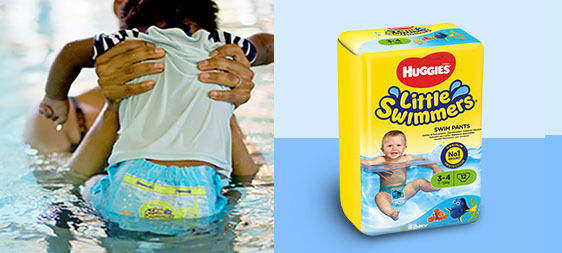1. Keep it short and simple
This makes it easier for your child to understand and provides them with something they can copy.
2. Modelling
Modelling language gives your child an opportunity to hear language and then practise it. Use simple sentences, as short as your child’s or only slightly longer. If it’s too hard, your child is unlikely to copy and use it.
3. Expand and add on
Add words onto what your child says. This allows the child to learn new words and hear how words are put together, as well as acknowledging what they have said in a positive way. Your child does not have to repeat the longer sentence, but may try it later.
4. Give choices
When asking your child questions, give your child a choice of responses. In doing so you increase your child’s chance of success AND model language at the same time.
5. Remember: Children develop talking skills at different rates
Respond positively to any attempts the child makes. It’s okay to make mistakes - it’s part of learning. If praised, the child is more likely to try again.
Repeat yourself. Children need to hear the same words and phrases used over and over again before they will use them.
Talk to your child, read to your child, and play with your child! Listen to your child and respond to them.
6. Consult your paediatrician or doctor if you have any concerns regarding your child’s communication.
























